Here in Britain, public transport only really works in certain select places. Outside the major cities, or away from the commuter routes, it is practically non-existent.
So, how does one get from A to B, without using a motor car, when A and B are both rural locations? Most experts agree that the solution is to employ more than one form of transport, each optimised for a part of the journey. The key thing, however, is how well those different forms of transport can be integrated.
Here is one solution. The photos below were taken on a journey from Wincanton in Somerset to Ruddington in Nottingham.
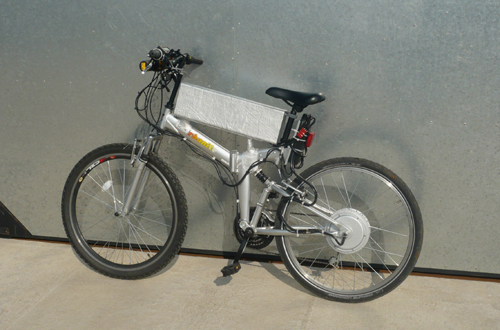
This is a bike fitted with electric assistance. The first part of the journey is in the wrong direction and takes 25 mins.
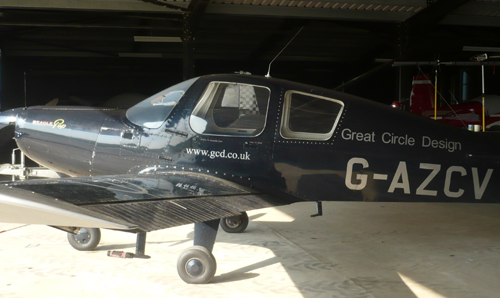
At the local airfield, the second device is waiting
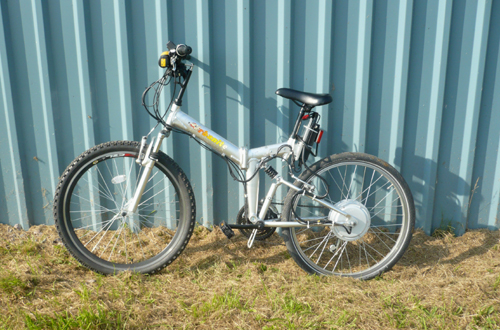
The battery pack is removeable
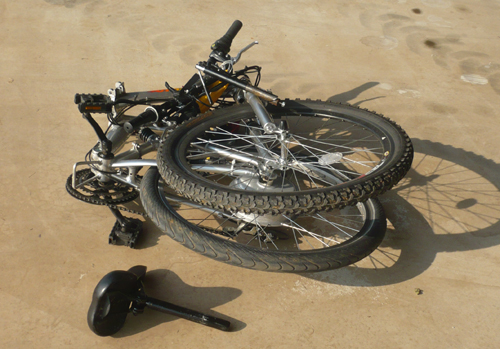
The bike can then be folded
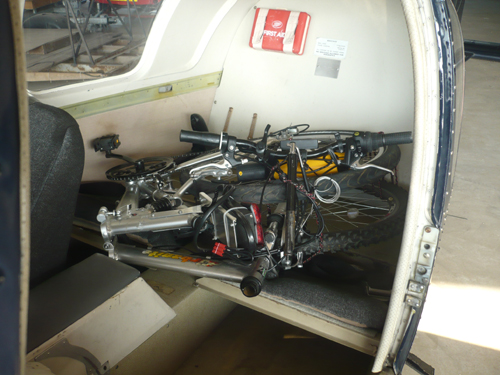
And it fits in the rear of the plane
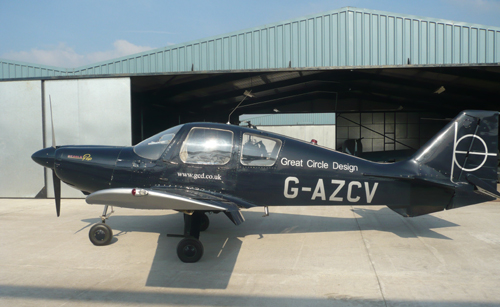
We now have our integrated transport solution ready for the next stage. Flight time to Nottingham airport is 1 hour 20 mins. The bike is then assembled and ridden the 5 miles to the destination. Total door to door time for 150 miles is under 3 hours.
One version of the bike has has been clocked on the airfield perimeter track at 40 mph, but this one is limited to 15 mph for use on the road. Range on a full charge is 35 miles. A fast charger can be used to top it up - for instance during the time it takes to wheel the aircraft out of the hangar and check it, 12 miles of charge can be entered.
Thus, almost every part of the country can be reached, and site to site transport between any two points is achievable in a matter of hours.
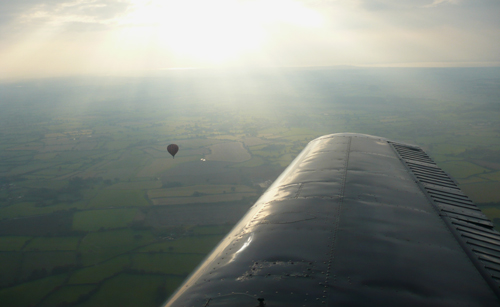
On the return journey, another site to site transport machine was encountered. This one uses an external combustion engine.